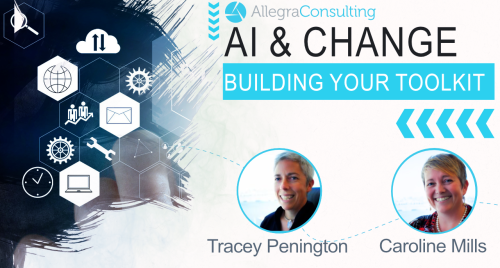
Although the concept of a learning organisation was most profoundly brought to life by Peter Senge and his colleagues in 1990, the key concepts are still central to the success of an organisation’s ability to flourish and regenerate in today’s competitive market.
In his book The Fifth Discipline: The Art and Practice of The Learning Organization (1990), Senge described a successful learning organisation as: “…organizations where people continually expand their capacity to create the results they truly desire, where new and expansive patterns of thinking are nurtured, where collective aspiration is set free, and where people are continually learning to see the whole together.”
He outlined in detail the five characteristics of a learning organisation: systems thinking, personal mastery, mental models, shared vision and team learning.
Although many companies have embraced the concept of learning organisations and knowledge management, only a few have managed to tap its enormous potential. General Electric, under former CEO Jack Welch’s leadership, is often held up as a leading example of the most progressive learning organisation – embracing all key concepts at all levels.
More recently, David Garvin and others in their article “Is yours a learning organization?” Harvard Business Review (2008) [1] looked at distilling Senge’s learning organisation concepts down to a morepractical approach to help line managers and managers of discrete business areas to take action and make a genuine contribution to their overall organisation’s learning culture by focusing on three key building blocks:
1. A supportive learning environment
- Psychological safety: An organisation that provides a supportive environment, where employees can ask naïve questions, own up to mistakes and present their contrary views without being belittled, marginalised by their peers and/or immediate managers
- Appreciation of differences: Becoming aware and sensitive to opposing ideas and alternative worldviews. Appreciating differences increases energy, motivation and fresh perspectives as they prevent lethargy and drift.
- Openness to new ideas: Learning is not just about correcting mistakes and solving problems; it is also about encouraging employees to take risks and to explore the untested and unknown ideas with a view to bringing out innovative approaches.
- Time for reflection: Today’s managers are busy with deadlines and time pressures and get judged by the number of hours they have put in and the tasks accomplished. Such time pressure not only kills creativity but does not allow managers to diagnose problems and learn from their experiences. Supportive learning environments need time for a pause in the action to encourage a thoughtful review of the organisation’s processes.
2. Concrete learning processes and practices
Learning processes and practices – generation, collection, interpretation, and dissemination of information – involve a series of specific steps and must be clearly defined so that they serve the organisation’s needs. The knowledge sharing process can be:
- Among individual employees, departmental groups or the whole organisation itself
- Internally focused – right after a project is completed, the process may call post-reviews that are then shared with others engaged in similar tasks
- Externally focused – processes that systematically engage customers and subject matter experts (SMEs) to gain their perspectives on the company’s activities and challenges.
3. Leadership that reinforces learning
Organisational learning becomes a reality when leaders walk the talk. When leaders actively question and listen to employees, spend time on problem identification, knowledge transfer, reflective post-audits, and entertain alternate points of view, it emboldens employees to offer new ideas and options.
Committing to becoming a learning organisation requires buy-in to the key concepts at the highest level, and adoption within the ranks, but discrete business units can still apply best practice at an individual level to reap the rewards.
To find out more about the thinking that has contributed to today’s learning organisation best practices we recommend the following:
Read:
Is yours a learning organisation?
The learning revolution
Listen
webinar: Harvard Business School Professors David Garvin and Amy Edmonson talk about Learning Organisations.
Watch
Peter Senge talks about The Learning Organisation










